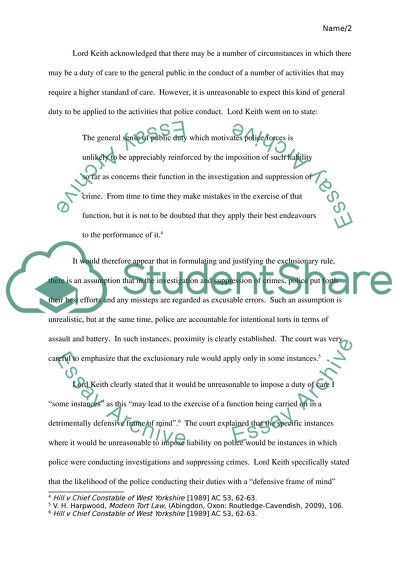Cite this document
(“Tort Law - Principles limiting actions in negligence against public Essay”, n.d.)
Retrieved from https://studentshare.org/law/1402950-tort-law-principles-limiting-actions-in-negligence
Retrieved from https://studentshare.org/law/1402950-tort-law-principles-limiting-actions-in-negligence
(Tort Law - Principles Limiting Actions in Negligence Against Public Essay)
https://studentshare.org/law/1402950-tort-law-principles-limiting-actions-in-negligence.
https://studentshare.org/law/1402950-tort-law-principles-limiting-actions-in-negligence.
“Tort Law - Principles Limiting Actions in Negligence Against Public Essay”, n.d. https://studentshare.org/law/1402950-tort-law-principles-limiting-actions-in-negligence.


